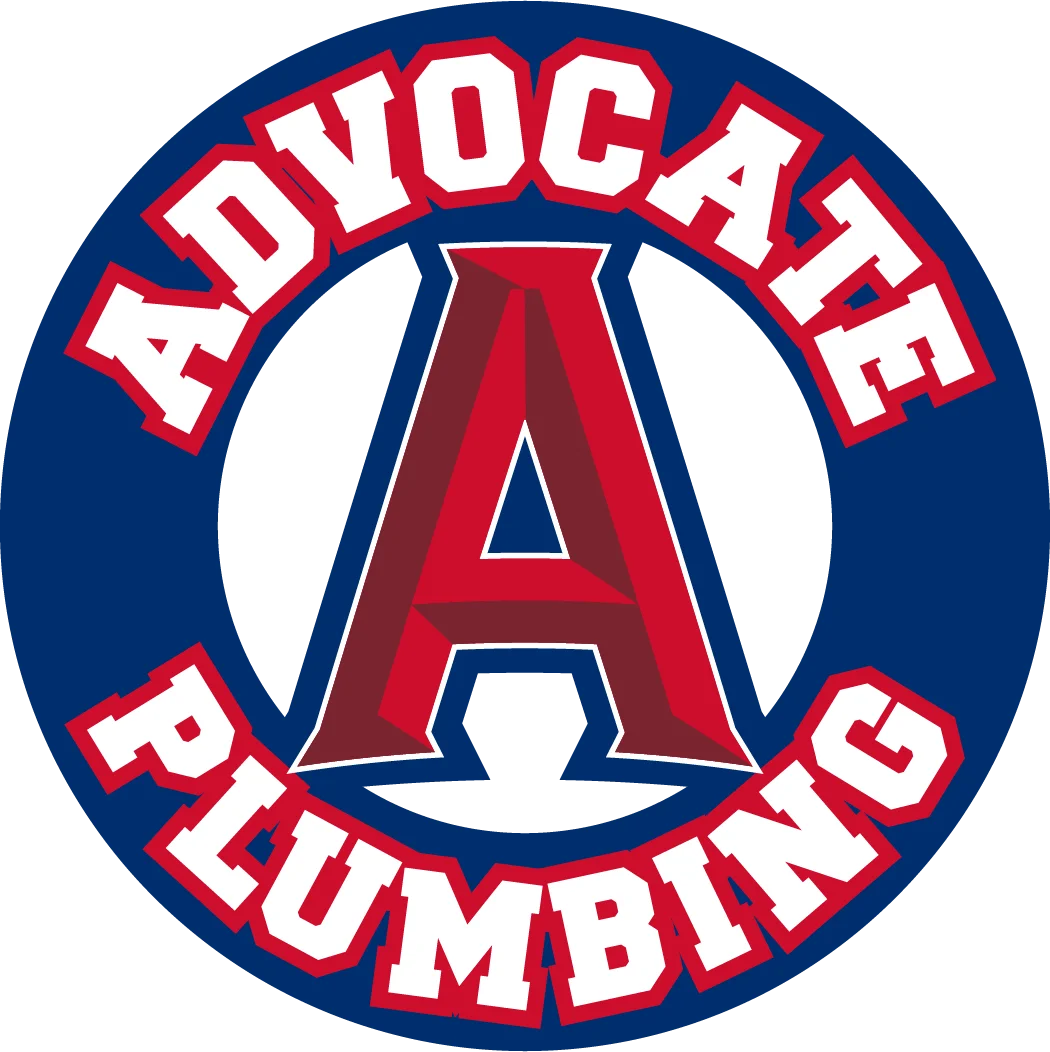Serving Hamilton County & Surrounding Areas
Eco-Friendly Plumbing Solutions for Your Home
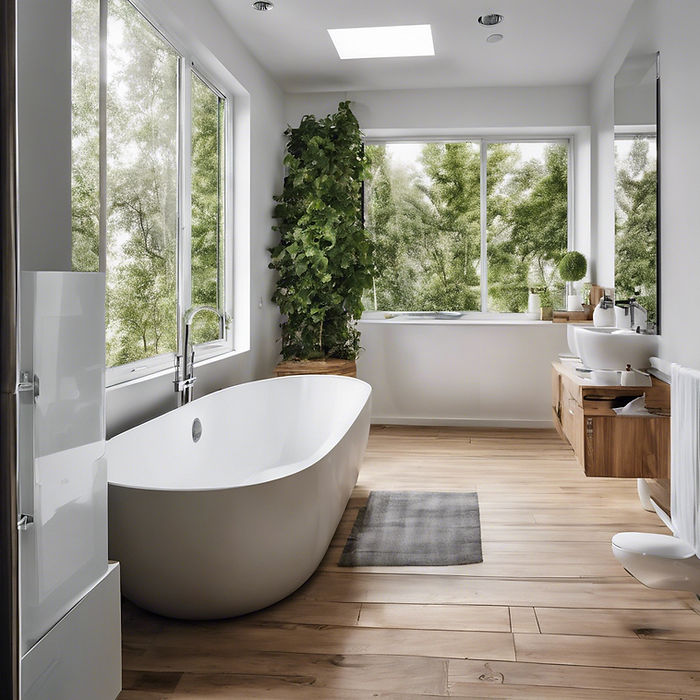
As homeowners become more conscious of their environmental impact, eco-friendly plumbing solutions are gaining popularity. Not only do these solutions help reduce water and energy consumption, but they also save you money on utility bills while contributing to a healthier planet. In this blog, we’ll explore some of the best eco-friendly plumbing options you can incorporate into your home for a greener, more efficient lifestyle.

1. Low-Flow Fixtures
One of the easiest ways to make your plumbing more eco-friendly is by installing low-flow fixtures. These fixtures are designed to use less water without sacrificing performance, helping to conserve water and reduce your water bill.
• Low-Flow Showerheads: Low-flow showerheads use less water per minute while still providing a satisfying shower experience. Some models offer adjustable settings, allowing you to customize the water pressure.
• Low-Flow Toilets: Modern low-flow toilets use significantly less water per flush than older models. Dual-flush toilets offer even more savings by allowing you to choose between a full or partial flush, depending on your needs.
• Low-Flow Faucets: Installing low-flow faucets in your kitchen and bathrooms can reduce water usage without affecting your day-to-day activities.
2. Tankless Water Heaters
Traditional water heaters store a large amount of hot water, constantly heating it whether you’re using it or not, leading to wasted energy. Tankless water heaters, on the other hand, heat water on demand, using energy only when you need hot water.
• Energy Efficiency: Since tankless water heaters don’t store water, they consume less energy overall. They also last longer than traditional water heaters, making them a great long-term investment for eco-conscious homeowners.
• Endless Hot Water: You won’t run out of hot water with a tankless system, making it a convenient and eco-friendly upgrade.
3. Greywater Systems
A greywater system collects water from your sinks, showers, and washing machines and recycles it for non-drinking purposes, such as flushing toilets or watering plants. This reduces the amount of freshwater used in your home and lowers your overall water consumption.
• Water Reuse: Greywater systems can significantly reduce the demand for freshwater in your home by repurposing water that would otherwise go down the drain.
• Sustainable Landscaping: Using greywater for your garden or lawn is an eco-friendly way to keep your plants hydrated without increasing your water usage.
4. Water-Efficient Appliances
Modern appliances are designed to be more water- and energy-efficient, helping you conserve resources while maintaining performance. Upgrading to water-efficient appliances is a great way to make your home more eco-friendly.
• Dishwashers: Look for Energy Star-rated dishwashers that use less water and energy while still providing powerful cleaning performance.
• Washing Machines: High-efficiency washing machines use less water per load, helping you save both water and energy. These models are also gentler on clothes, extending the life of your wardrobe.
5. Smart Water Monitoring Systems
Smart technology isn’t just for your thermostat and lights – it can also help you save water! Smart water monitoring systems allow you to track your water usage in real-time and detect leaks before they cause significant damage.
• Leak Detection: Smart systems can alert you to leaks in your plumbing, helping you prevent water waste and avoid costly repairs.
• Water Usage Insights: By monitoring your water usage, you can identify areas where you can cut back, helping you make more eco-conscious choices.
6. Rainwater Harvesting
Rainwater harvesting systems collect and store rainwater for later use, such as watering your garden or flushing toilets. This reduces your reliance on municipal water supplies and helps conserve freshwater resources.
• Water Conservation: By utilizing rainwater for outdoor tasks, you can reduce your home’s water consumption and lower your utility bills.
• Sustainable Landscaping: Rainwater is a great alternative for keeping your garden green and healthy without increasing your water usage.
7. Pipe Insulation
Insulating your pipes is a simple yet effective way to reduce energy consumption and prevent heat loss. Insulated pipes help maintain the temperature of your hot water, reducing the need for excessive heating.
• Energy Efficiency: Insulated pipes keep your water hotter for longer, reducing the energy required to reheat it. This can help lower your energy bills and make your home more eco-friendly.
• Preventing Freezing: In colder climates, insulated pipes can also prevent freezing, which can lead to burst pipes and water waste.
Conclusion
Making your home’s plumbing system more eco-friendly is easier than you think. From low-flow fixtures and tankless water heaters to greywater systems and smart water monitoring, there are plenty of ways to reduce your water and energy usage. Not only will these solutions help you live a more sustainable lifestyle, but they’ll also save you money in the long run.
At Advocate Plumbing, we’re here to help you make your home as green as possible. Our team can assist with eco-friendly plumbing upgrades and provide expert advice on how to reduce your environmental impact. Contact us today to learn more about our eco-friendly plumbing services!
Recent Posts
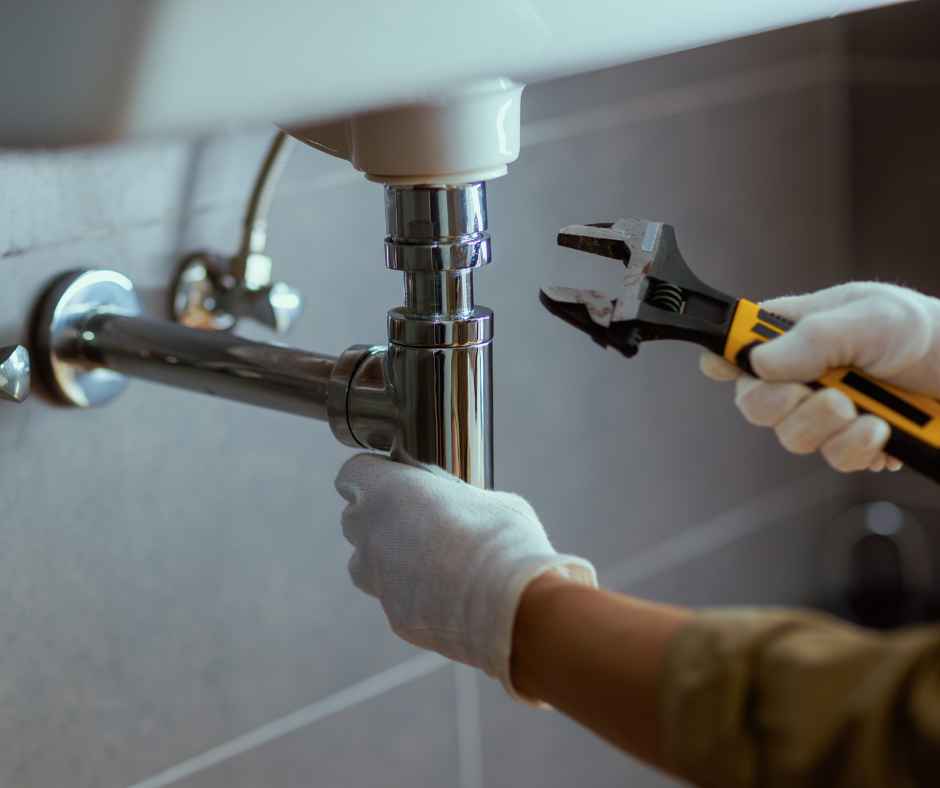
Why Hiring a Licensed Plumber Matters for Your Home’s Safety and Efficiency
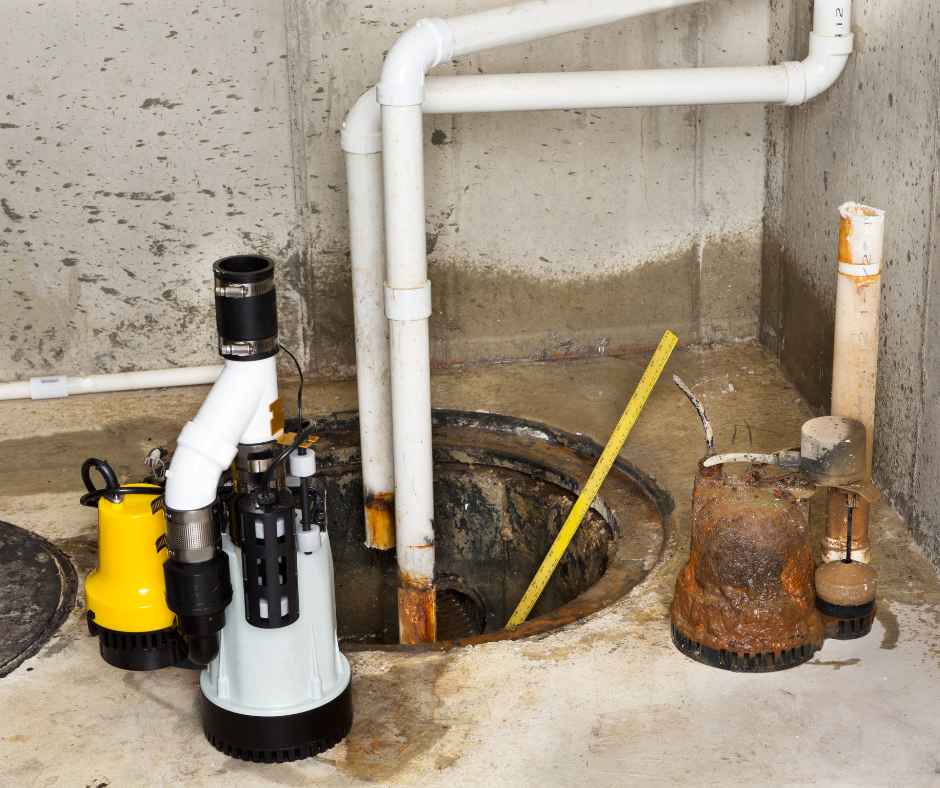
Why Your Sump Pump Needs Regular Maintenance and How to Do It
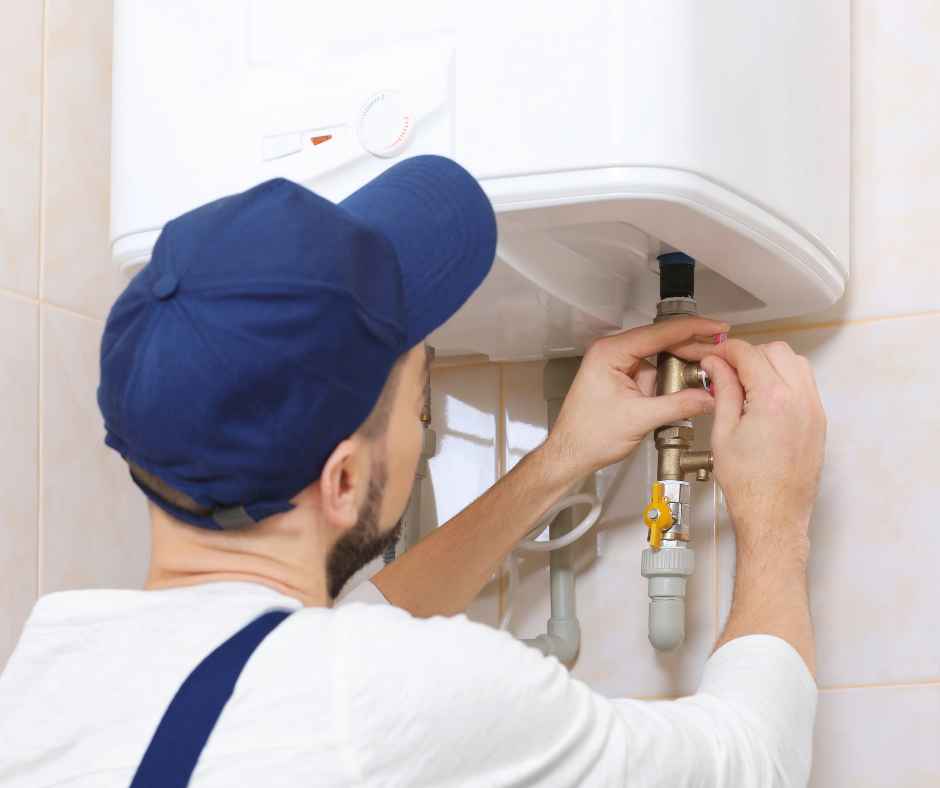
How to Choose the Right Water Heater for Your Home
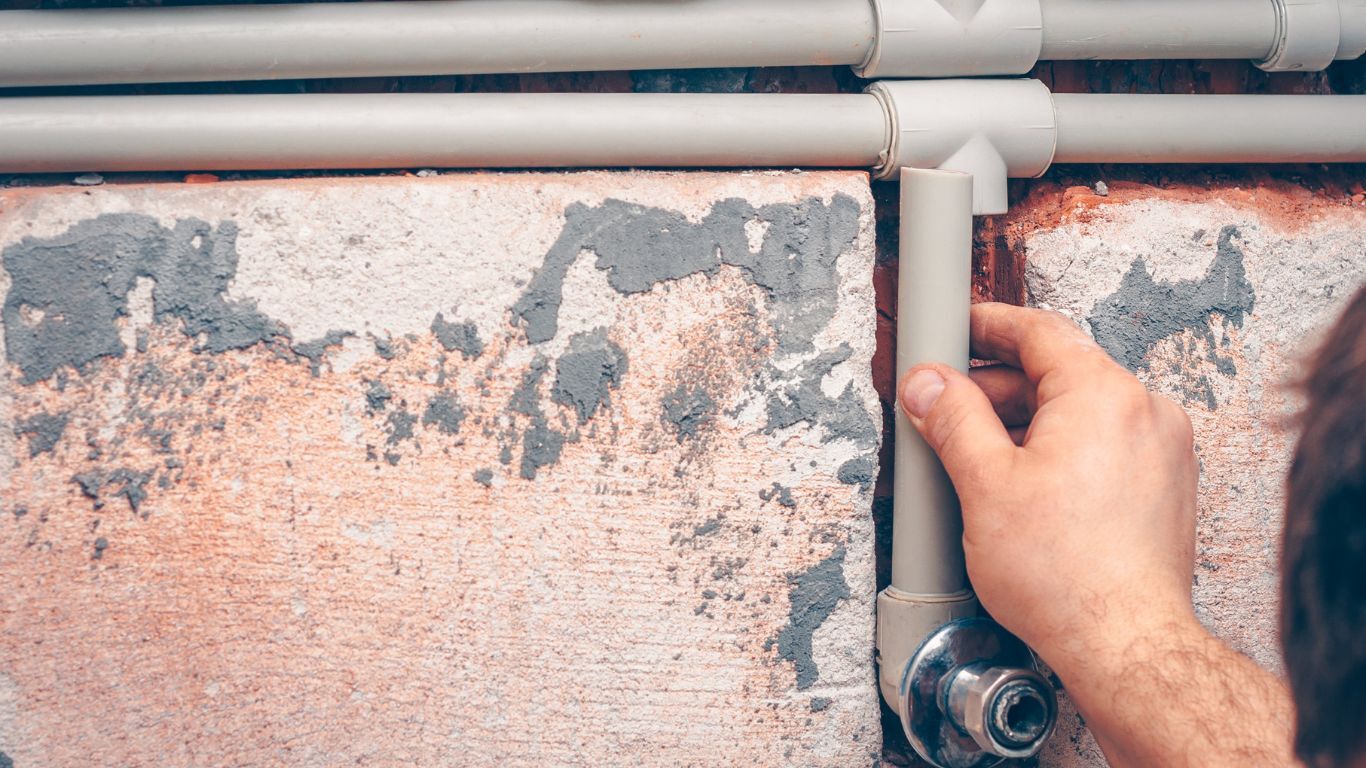
Preventive Plumbing Inspection Guide Every Homeowner Should Follow
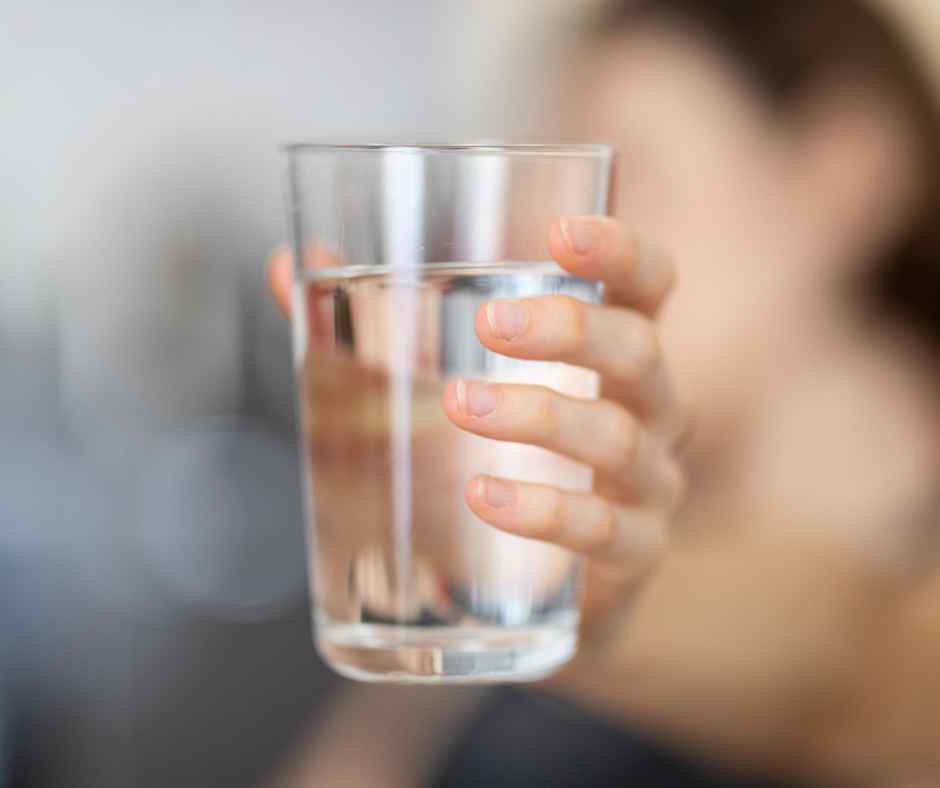
Reverse Osmosis vs. Water Softener: Which Is Right for Your Home?
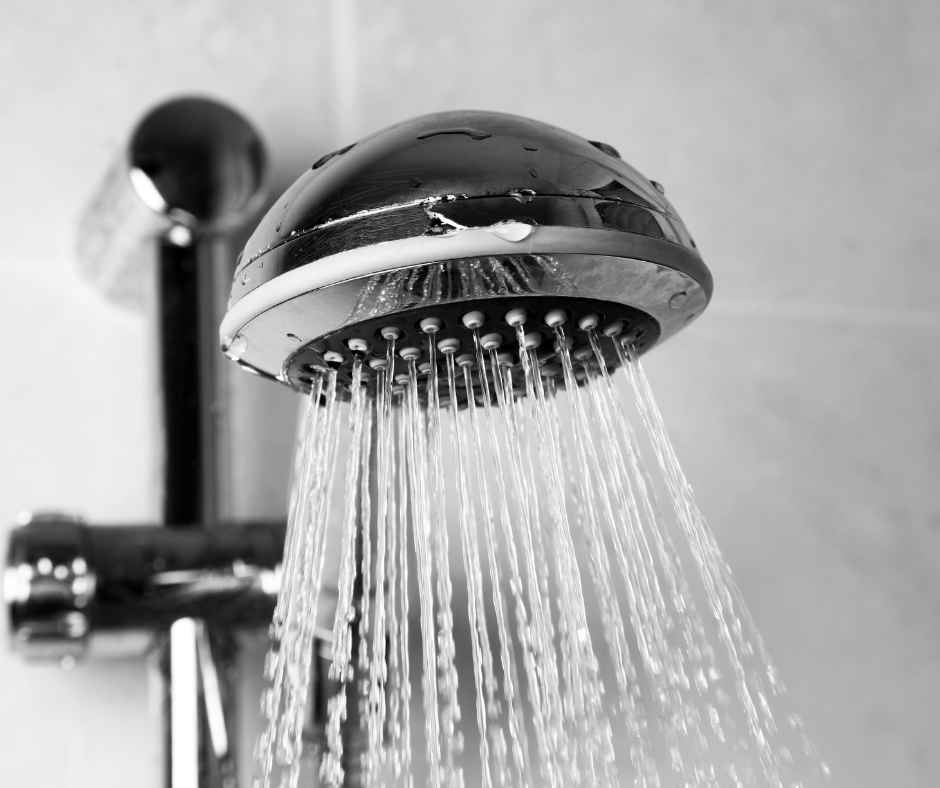
Seasonal Plumbing Maintenance Checklist for Hamilton County Residences
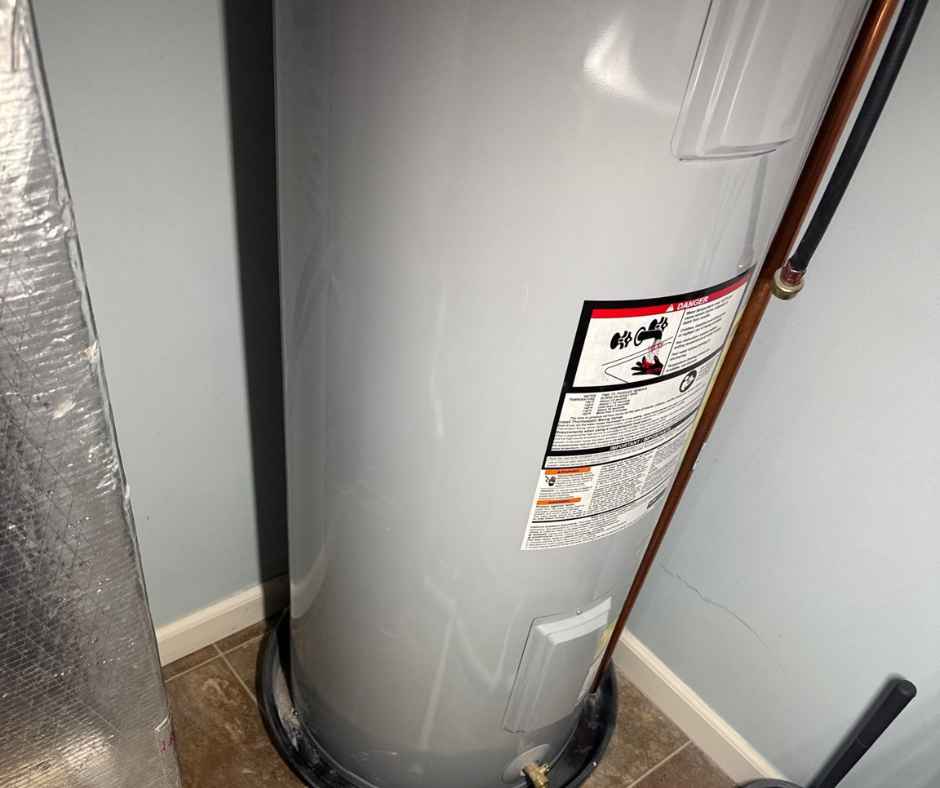
Why Is My Water Heater Beeping?
Get in Touch
